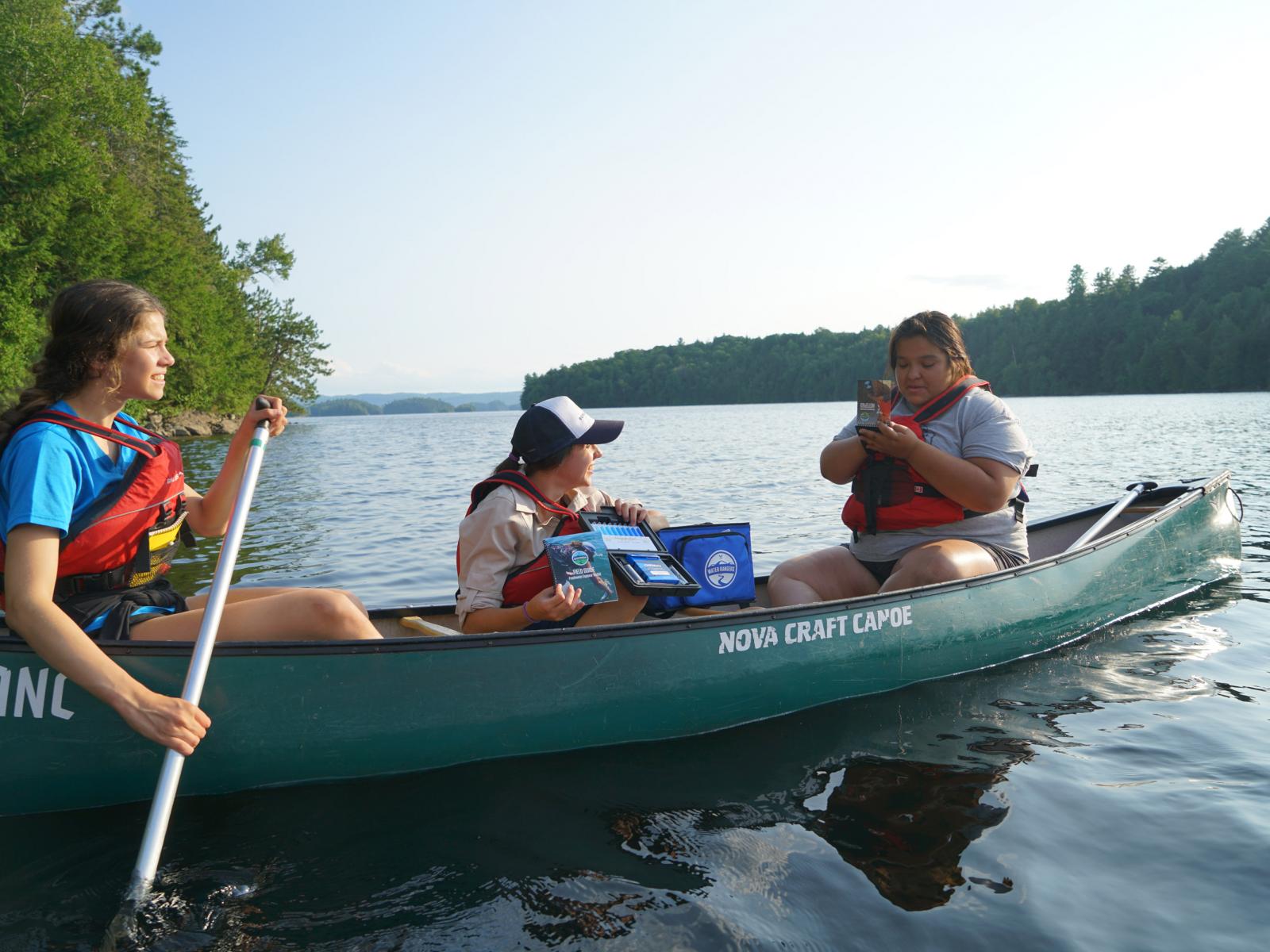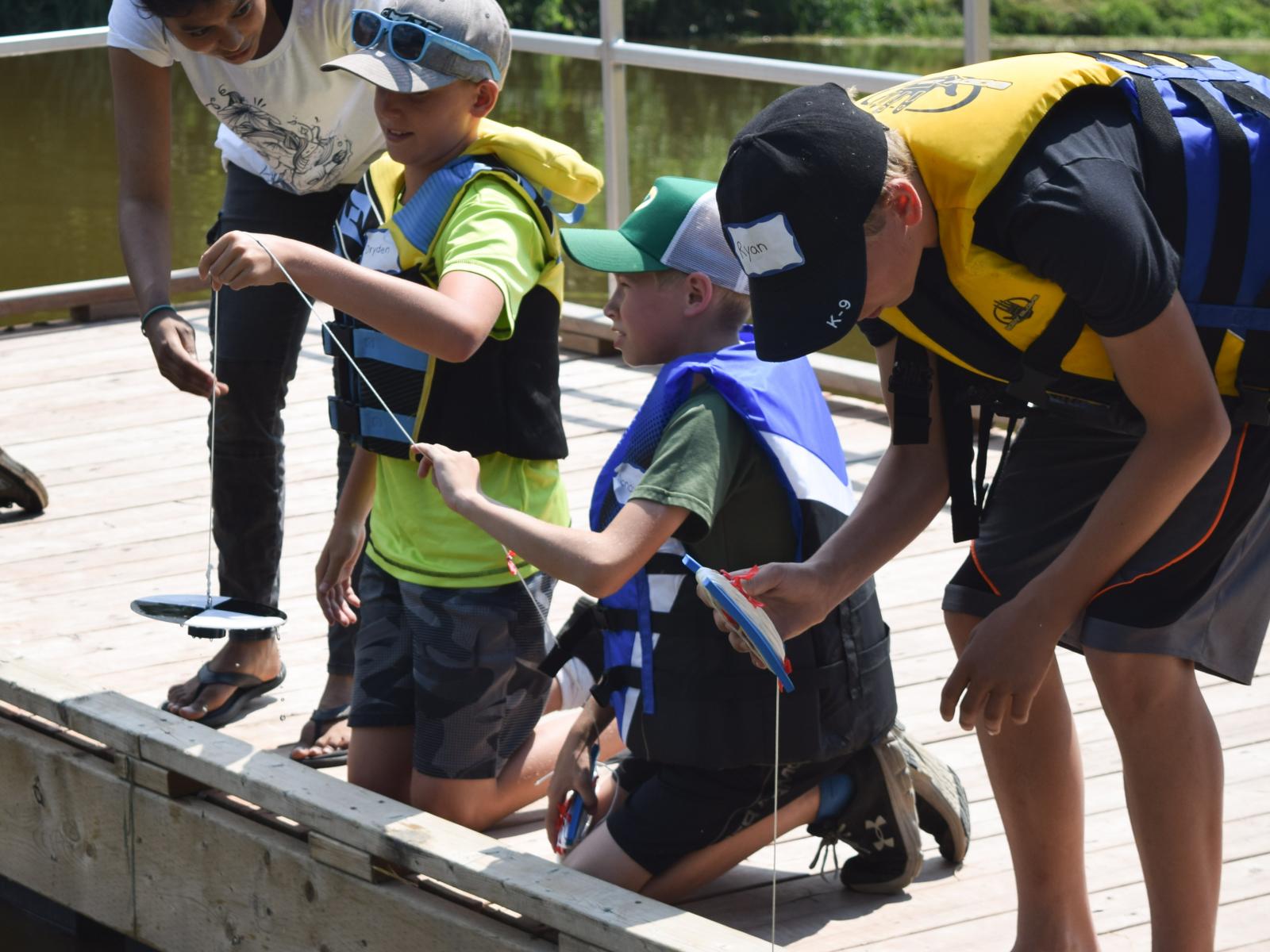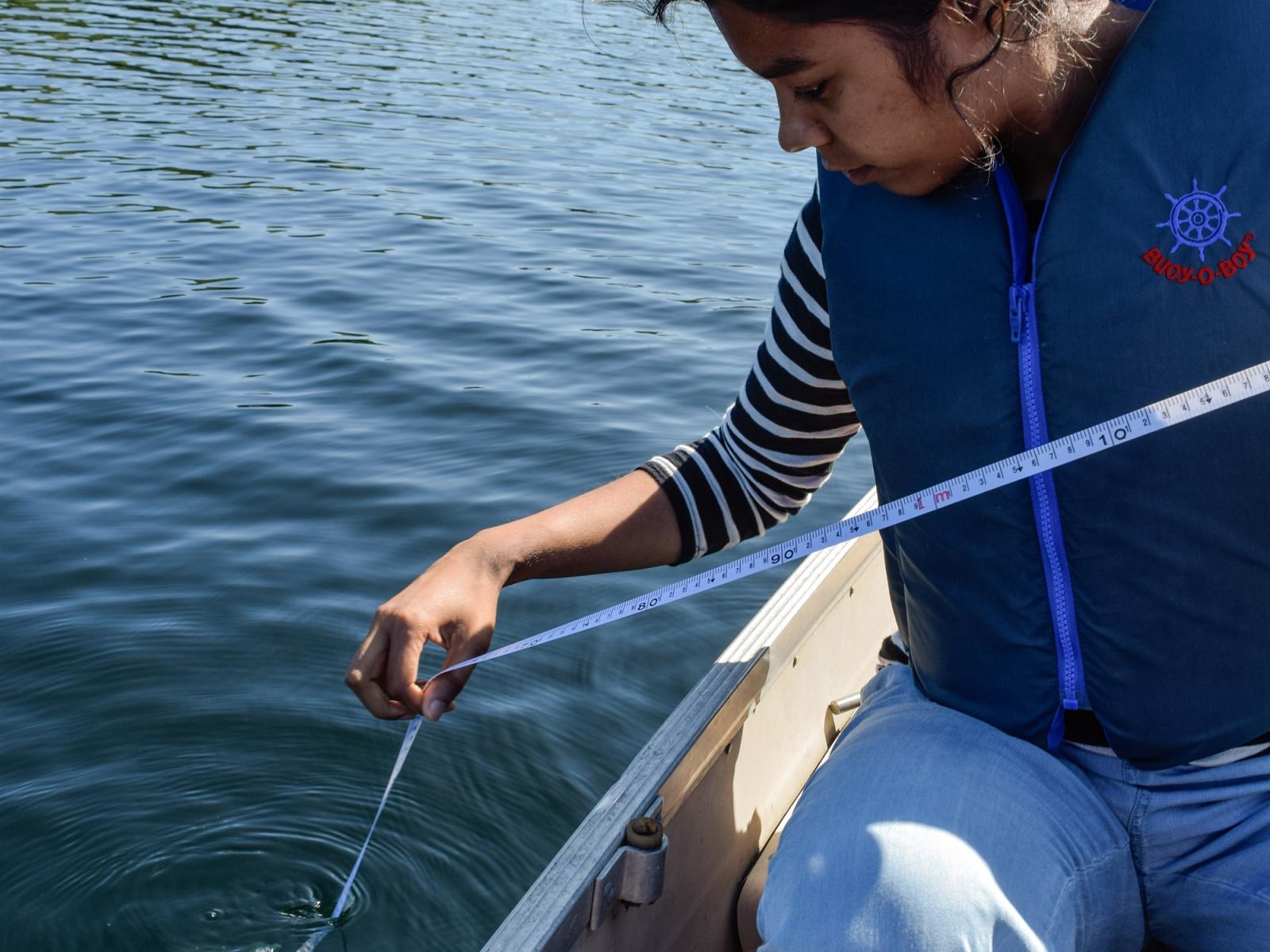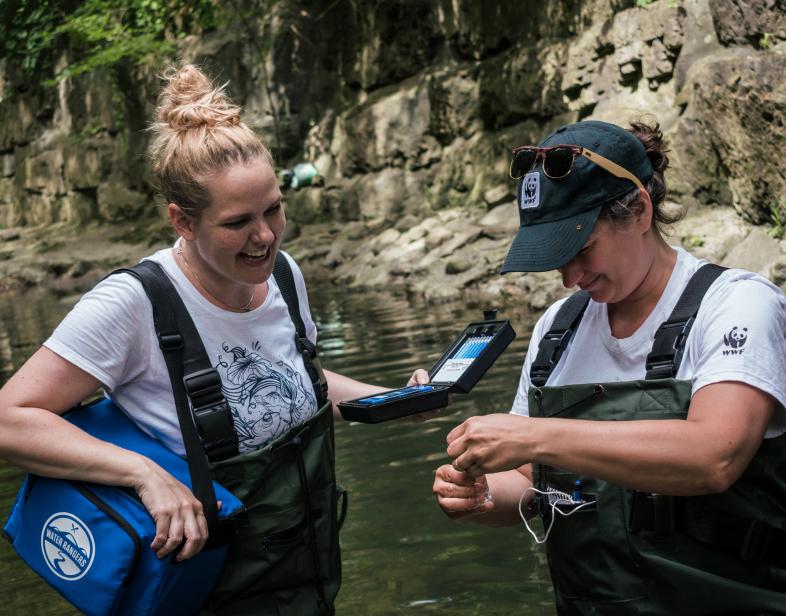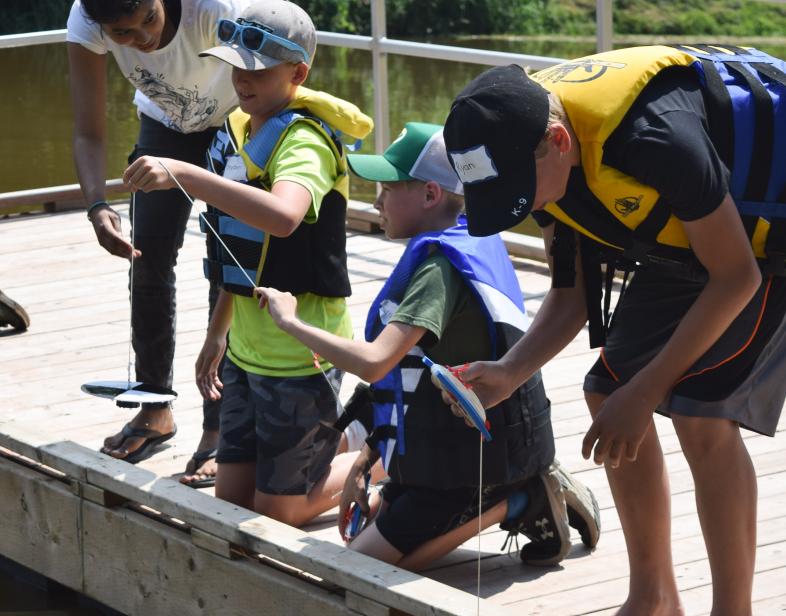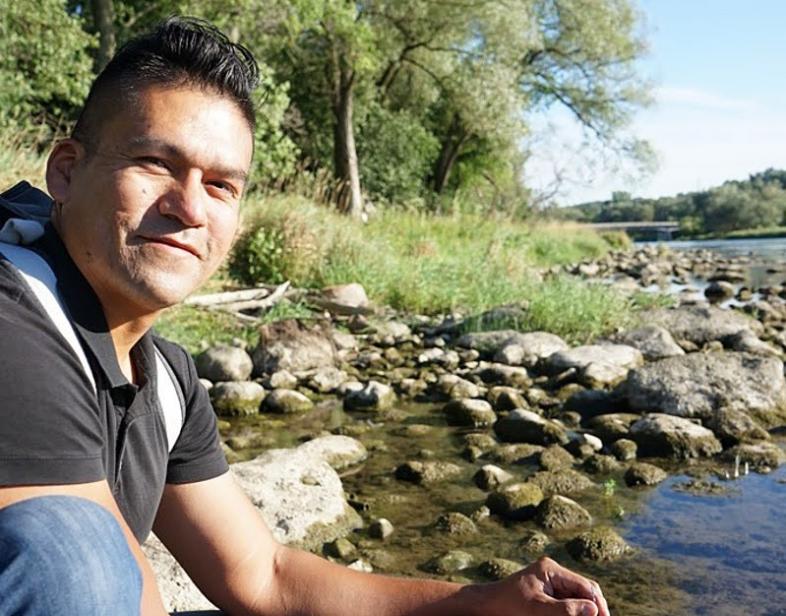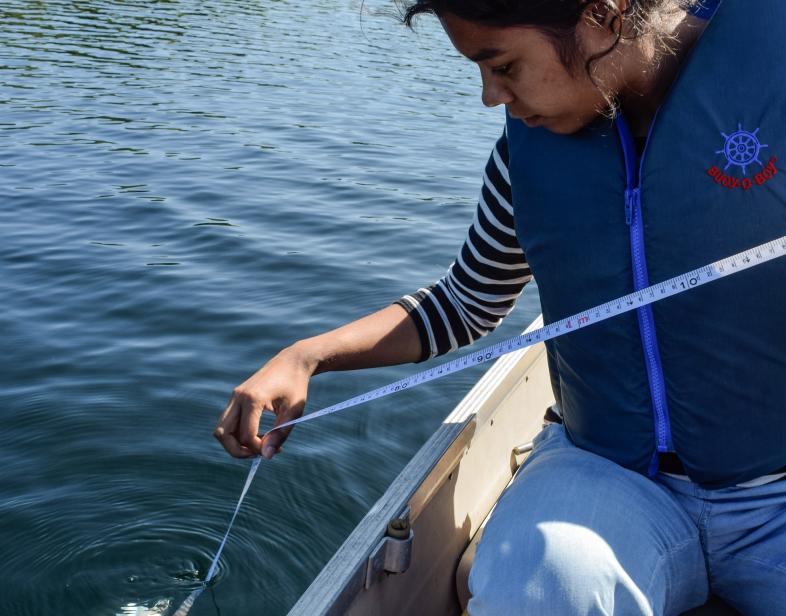An Overview Of Our Solution
Born out of a belief that all people have the right to participate in freshwater conservation, Water Rangers is a non-profit that empowers people to do just that. We help people collect water quality data using our testkits, which contain equipment that is easy-to-use and accurate. Our free website and app allow anyone to share and organize water quality data and report issues. Together, these tools help people monitor, protect, and connect with water more sustainably than ever before. Since 2015, our open data platform has had 29,000 observations uploaded to it from over 3,600 locations in more than 20 countries. We’ve trained over 6000 youth and 1000 adults to conduct water quality tests. Finally, our testkits are being used by more than 500 lake associations, schools, Indigenous groups, conservation authorities, and individuals across Canada and beyond.
- Population Impacted: 50000
- Continent: North America
背景分析
Ironically, even though Canada is known for its water, we're failing to keep track of how healthy it is. More than half of our watersheds suffer from massive data deficiencies; according to the 2020 edition of World Wildlife Canada's Watershed Reports, 100 out of 167 sub-watersheds lack enough data to be adequately evaluated. Of the 67 with sufficient data, 24 are described as either 'poor' or 'fair' regarding their overall health. Simultaneously, Canadians aren't meaningfully involved in water monitoring and reporting processes, even when they're directly affected by water problems. This lack of inclusion occurs even though Canadians care about water: more than half say that water is a part of their identity, while 30% 'strongly agree' that regions in Canada are at risk of freshwater quality problems (Royal Bank of Canada, 2017). As such, there emerges an opportunity for Canadians to help monitor water, but first, they need to be provided with the right tools and training to do so.
描述您希望目标受众采用的技术解决方案。
The solution we wanted our target audience to adopt was simple: using our website, app, and water quality testkits, we wanted folks to collect and record water quality data and issues. If and when changes arise, users can share their data with relevant authorities, or can choose to have their data automatically fed into a larger data repository (like DataStream) that is provided to decision-makers. Our platform also contains an ‘issue reporting’ feature, which can be used to record issues related to algae, pollution, trash, wildlife, and more. Once an issue has been reported, it becomes publicly visible and easy to share. If the user who has uploaded the issue is associated with a group (eg. a lake association), the group administrators will be made aware of the issue. Then, depending on the issue, users have the ability to organize a cleanup, track changes in the issue over time, and mark the issue as ‘resolved’ once it’s been addressed and remediated.
描述你的行为干预。
One of our strengths lies in the fact that we were founded by a team of web designers and developers; our co-founder Kat combined her love for user-experience design and the environment to lead a team of other technologists to create the first Water Rangers prototype in 2015. Curating the language and design of our platform to make it accessible and engaging has always been our top priority, and has played a big part in our success. Shortly after our data platform was launched, people started to express to us that they wanted to test the water, but that they didn’t know where to start. This is what led us to design and start selling our testkits in the first place! We quickly found that by supporting individuals with water testing tools, we help them renew their sense of connection to water. We’ve also found that once people feel connected to water, they’re more likely to want to protect it.
In 2019, we gave teskits to 27 groups in 16 data-deficient sub-watersheds across Canada. At the end of the program, 83% of participants reported feeling like ‘their actions can make a difference in helping conserve the natural environment.’ This was significant, since research suggests that continued engagement in citizen science activities is influenced by whether volunteers feel like their efforts are helpful. Because of this, showing people how they can help make a difference is one of our main priorities- it helps motivate people to keep testing the water and report issues
使用的行为杠杆
如需要,请更详细地解释你是如何使用杠杆的。
CHOICE ARCHITECTURE: Traditionally, water quality monitoring has been (and in many ways, continues to be) expensive, time-consuming, and complicated. Our mission is to democratize water quality testing, by reducing as many barriers as we can. We utilize choice architecture by encouraging our users to test once a month on a specified testing weekend. We also ensure that our tools provide results that are easy to interpret and input into our data platform, thereby eliminating any ‘guesswork.’
INFORMATION: We utilize the information lever highly. Our messaging frequently relies on the fact that there are large data gaps across Canada as far as water quality is concerned, which is shocking to most people, and which motivates them to act. We also provide our users with easy to follow guides, educational videos, and training webinars which show them that water quality monitoring isn’t as intimidating as they might think, and that they are more than capable of taking part in it.
描述项目的实施。
Our solution started with the creation of our data platform. Before we built Water Rangers, Canadians had no easy and user-friendly way to collect and share water quality data. We took it upon ourselves to build a visually appealing, engaging, and user-friendly website and app so that people could record and track changes in water quality over time. As part of this, we built an issue reporting feature, so that users could also report water pollution in real-time.
Shortly afterwards, we designed, assembled, and started to sell our water quality testkits, which allow people to get results right away, in-the-field. We created helpful guides and training videos alongside this, so regular Canadians could take part in water quality monitoring even without any formal scientific training.
In 2016, we also started running immersive programs to help more people get involved with water quality monitoring, especially in underserved areas. With the support of organizations like World Wildlife Fund Canada, Loblaw Foundation, Swim Drink Fish, LUSH, Ontario Trillium Fund, and more, we’ve provided hundreds of Canadians with our testkits so they could help collect data and spot issues. This was met with tremendous enthusiasm and success; as it turns out, when we give people a reason to get out to the water and take notice of its condition, they feel more inclined to protect it.
Our growth and success can be largely attributed to the fact that there is a real need for more water quality data across Canada, and that Canadians want to help collect it. Other key success factors have been the support of our many partners, who we’ve fostered relationships with over the course of several years.
描述项目的主导者。谁在主导项目实施?
Our leadership team is made up of our co-founder and Executive Director, Kat Kavanagh, and our Director, Gabrielle Parent-Doliner.
As Executive Director, Kat uses her 15 years’ experience in web and user-experience design to build and support communities. With a B.Com in Marketing and an MSc in Integrated Water Resources Management, both from McGill University, Kat is a believer in novel, interdisciplinary solutions that harness communities’ power in ways that are nimble and joyful. She’s led Water Rangers from a hackathon project to an award-winning non-profit social enterprise.
Gabi was formerly the Director of the Swimmable Waters Programs with Swim Drink Fish, where she directed Blue Flag, national citizen science monitoring programming, and the Swim Guide. She is a recognized expert in recreational water quality data and the author of the first open data standard for the automated exchange of recreational water quality data.
分享参与解决方案开发和实施的关键合作伙伴。
At the national level, some of our key partners include DataStream, whose data repository our data feeds into, World Wildlife Fund Canada, Swim Drink Fish, Living Lakes Canada, Our Living Waters, Water First, Waterlution, Freshwater Alliance, and more.
At the regional level, some of our partners are BC Parks in British Columbia, the Government of the Northwest Territories, several Ontario conservation authorities including Rideau Valley, Mississippi Valley, and Raisin Region.
At the local level, some of our partners include the City of Ottawa, Mohawk Council of Akwesasne, Ottawa Riverkeeper, and the Museum of Science and Technology.
Most of the aforementioned partners have purchased testkits from us in the past, and help us mobilize volunteers across Canada! Our success and growth would not be possible without them.
At the academic level, some of our partners include the University of Regina, Carleton University, Algonquin College, Catholic School Boards, McGill University, and several others. Our academic partners help us test, validate, and refine our approaches and tools.
谁采用了期望的行为,采取的程度如何? 解释一下你如何测量行为变化的。
People all across Canada, and beyond, have adopted the desired behaviours. In Canada alone, we’ve distributed more than 500 testkits, while thousands of people have uploaded data. One of our most prolific testers from Ontario, Canada has uploaded more than 350 water quality observations over the past two years, including several issues such as potential algae blooms. Similarly, an organization in Alabama regularly uses our platform to record data, and has now recorded almost 30 issues.
We also measure changes in behaviour using questionnaires which we ask participants to complete at the end of every program. One program in particular, which we ran from 2017-19, revealed that 91% of participants did at least one additional action that protects waterways while taking part in the program. Specifically, 90% participated in a shoreline clean-up, 90% planted a tree or shrub near a shoreline, 38% joined a water-related community group, and 44% participated in other stewardship programs.
项目是如何影响水污染的?请详细说明并包括相关的测量方法。
Our platform and tools have enabled countless individuals and groups across Canada and the world to produce a record of the water pollution that they’ve observed, and have also motivated them to work towards changing it. More than 29,000 observations have been uploaded to Water Rangers’ platform since it was launched, while several hundred issue reports have been uploaded by people in Canada, the US, Mexico, and India, to name a few.
There’s an aspect of justice in water monitoring – knowledge is power – and we’re proud to say that we’ve been successful in providing people with tools and skills that will help them exercise their right to participate in environmental stewardship and freshwater conservation. Our leaders cannot be trusted to make evidence-informed decisions if they lack sufficient data in the first place, and our solution makes it so that this doesn’t have to be the case any longer.
您的解决方案如何促进平等(包括种族、性别、民族、社会阶层/收入,或其他)?
It is no secret that issues related to water and water quality are contentious in many communities across Canada, specifically on First Nations reserves. Our tools have been utilized by several organizations who work in these communities, such as Water First, and by communities themselves, such as the Mohawk Council of Akwesasne. Whether they be used for education purposes or for data collection, we’ve been told that our data platform and testkits are highly useful.
Otherwise, our solution impacts equity challenges in that our mission is centered around making water quality testing more accessible for the average person. We make it easy for people on limited budgets and without any formal scientific training to take part in protecting what they love, which is water! We know that pollution affects marginalized groups more deeply, and demanding equity orequires evidence. Our tools allow individuals, grooups, and communities to collect that evidence, and to mobilize themselves to act.
社会和/或社区是如何受益的?
As former US Senator Bill Frist put it, “nature is the antidote to loneliness, the counter to dis-connectedness, and the haven beyond the confines of our homes”. We couldn’t agree more! Water testing provides people with a reason to get outside, which has become all the more important during COVID times. Our kits help people connect with the natural spaces in their communities, while our online platform helps people connect with each other.
环境是如何受益的?
In addition to tracking water quality changes and pollution, a wide range of environmental co-benefits emerge when people take part in water quality monitoring. One of the features on our platform involves the ability to invasive species; we show our users what certain invasive species look like and how to identify them. This encourages users to pay attention and take note of certain invasive species- such as zebra mussels- in places where they might not have noticed them before.
可持续发展如何得到促进?
Water monitoring in the Canadian context is notoriously unsustainable- if it weren’t, we wouldn’t have such large data gaps in the first place. Our approach allows individuals and communities to take matters into their own hands, and allows for the collection of data over a much wider geographic area than what has previously been possible. Additionally, since our tools are relatively affordable, they result in our approach being much easier to sustain in the long run.
可持续性:描述你的解决方案的经济可持续性。
Luckily, the operating costs of our platform itself are pretty low; it is our immersive water testing programs that we often require external funding for. Currently, we aim for 50% of our solution is funded by grants, while the other 50% is funded by our online store. Our dependency on grant funding has been reduced by the profitability of our online store, and we expect this trend to continue, especially as we enter new markets where year-round water testing is possible (unlike in most of Canada).
投入产出:实施这些活动的成本是多少?与你上面的结果相比,你的结果如何 这投资吗?
From our research in the Canadian context, community-based water monitoring has a multiplier effect of approximately 12 times that which is run by our government. We have, through our efforts, been part of transforming people's conceptions of what water monitoring should be, too. Through an operating budget of approximately $880,000 cumulatively over five years, we estimate the return on investment is $10 million in benefits to Canadian communities!
如何能将这个解决方案成功推广在其他地方?
Our solution is easily replicated elsewhere, and has already expanded to many parts of the globe. All an individual needs to participate are their eyes, really; many sources of water pollution, such as algae, trash, and so on, are very obvious to the naked eye. The novelty in our approach lies in the combination of our data platform, app, and water quality testkits- while we’ve seen some organizations that have developed similar platforms, apps, and even testkits, we’ve never encountered one that has successfully developed all three in conjunction with one another as we have. The key, in our opinion, is ensuring that the tools people are provided with are as user-friendly, engaging, and accessible as possible. People want to help- they just need the tools to do it.
